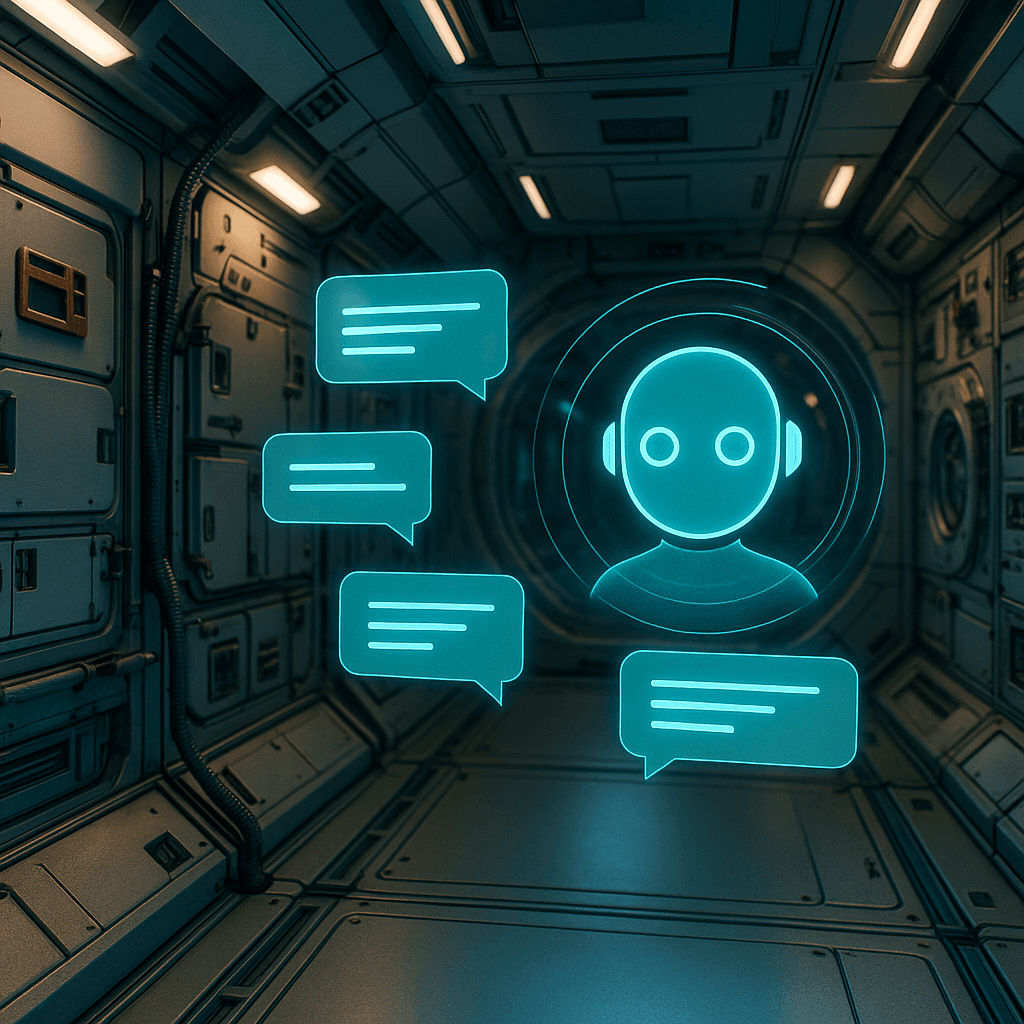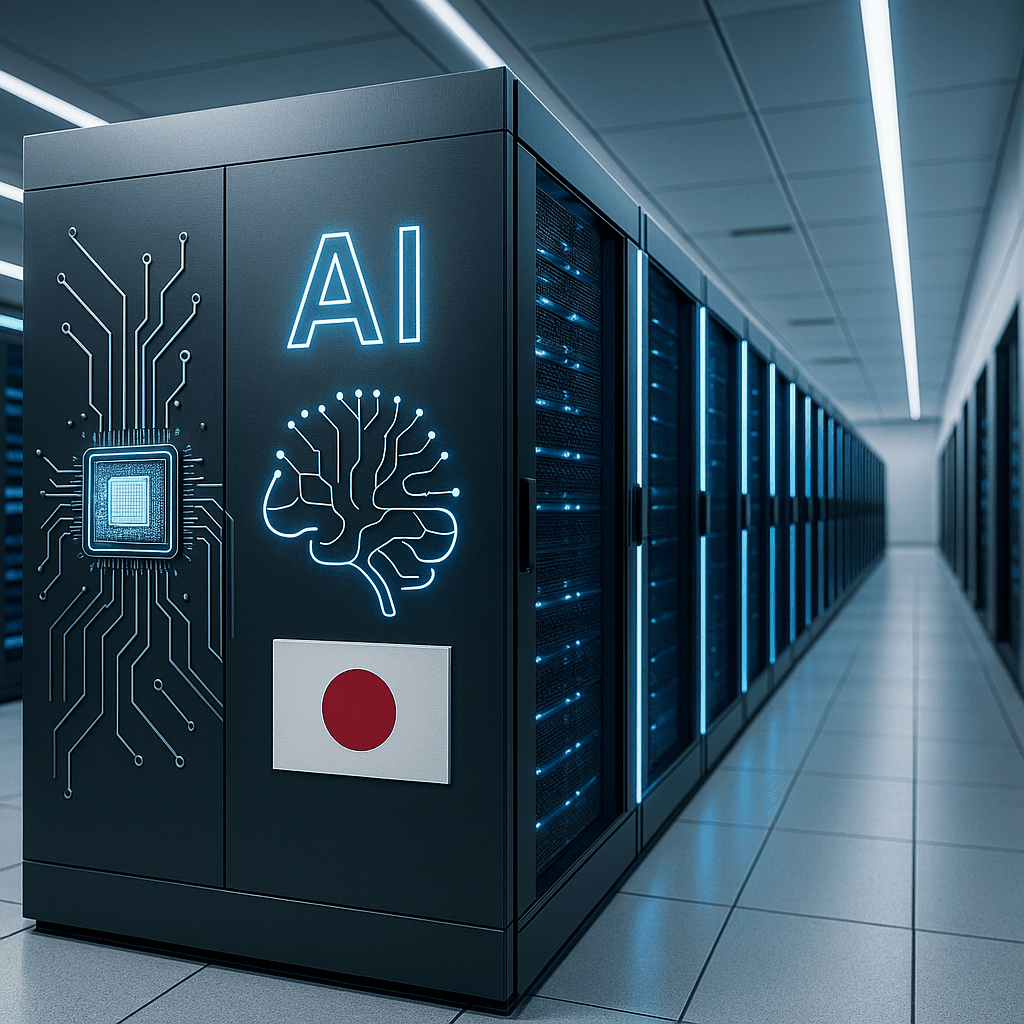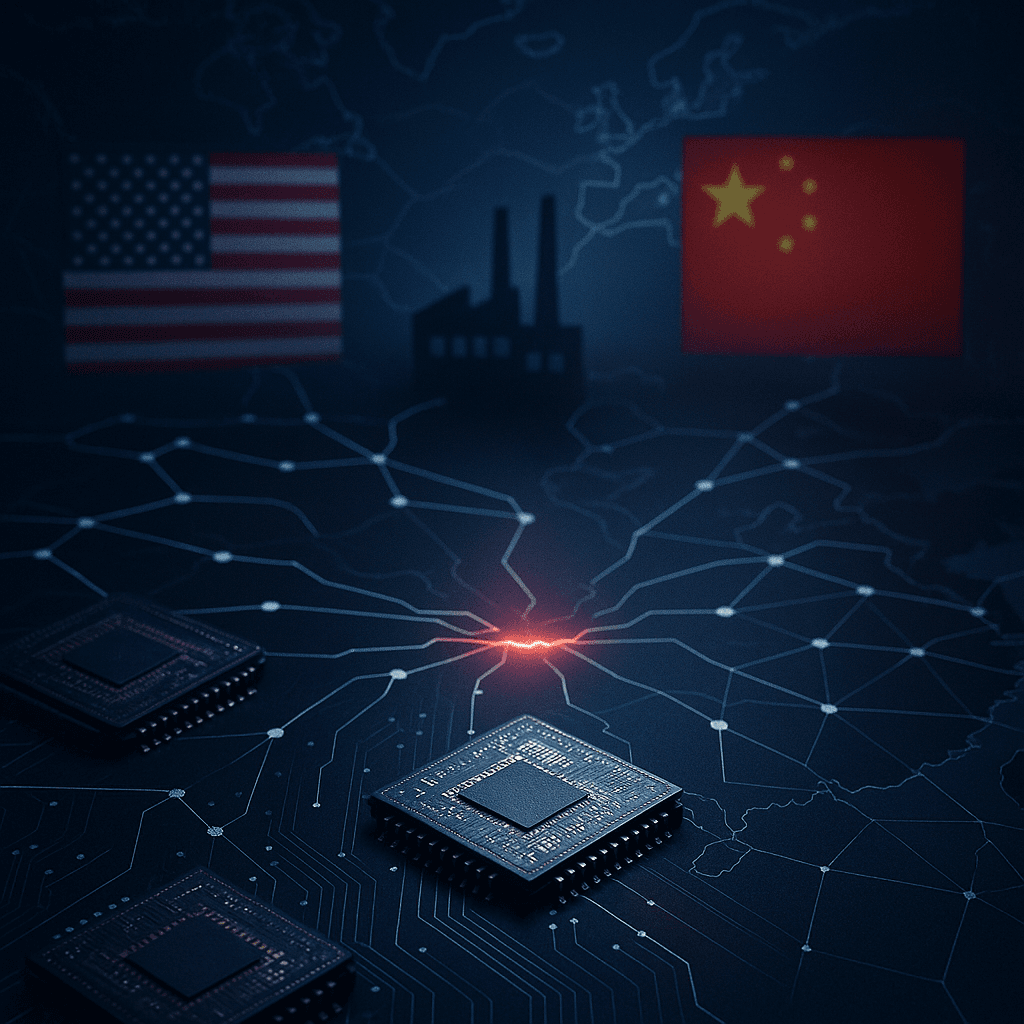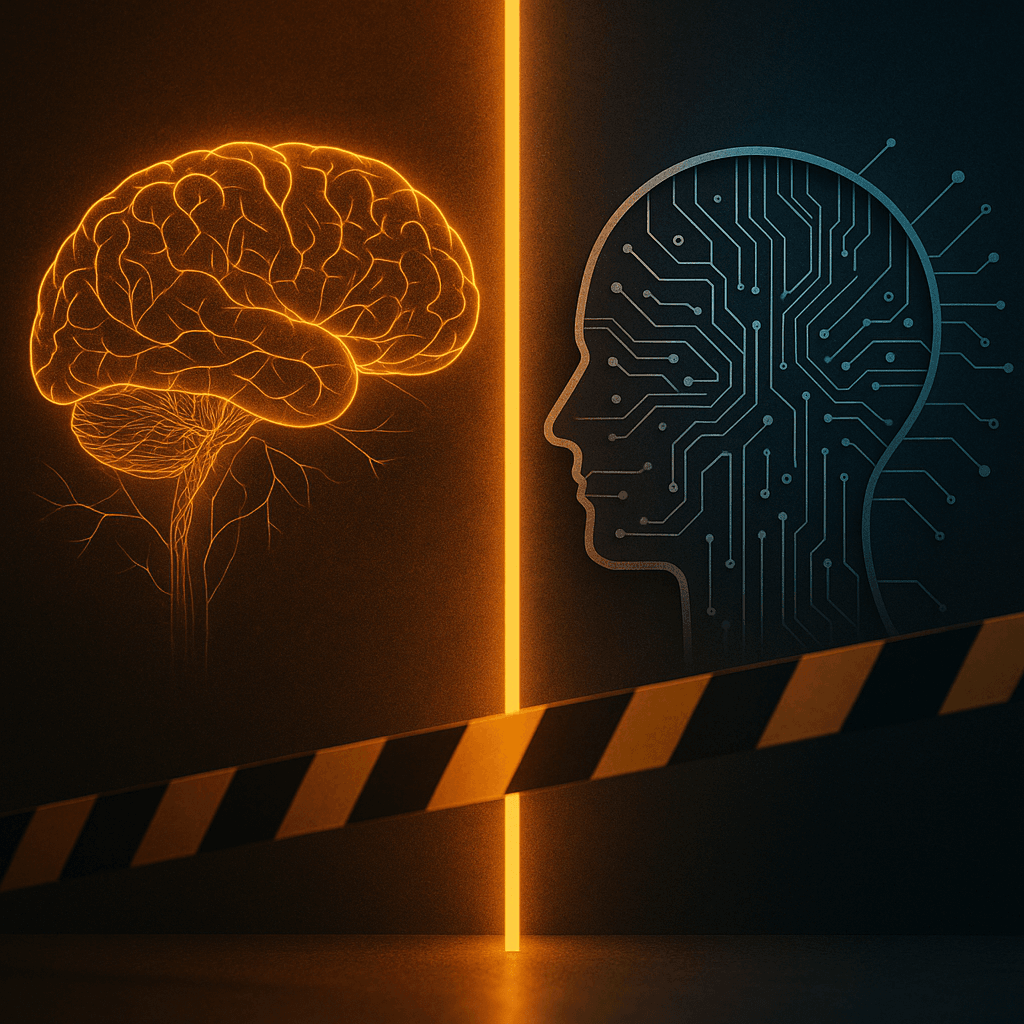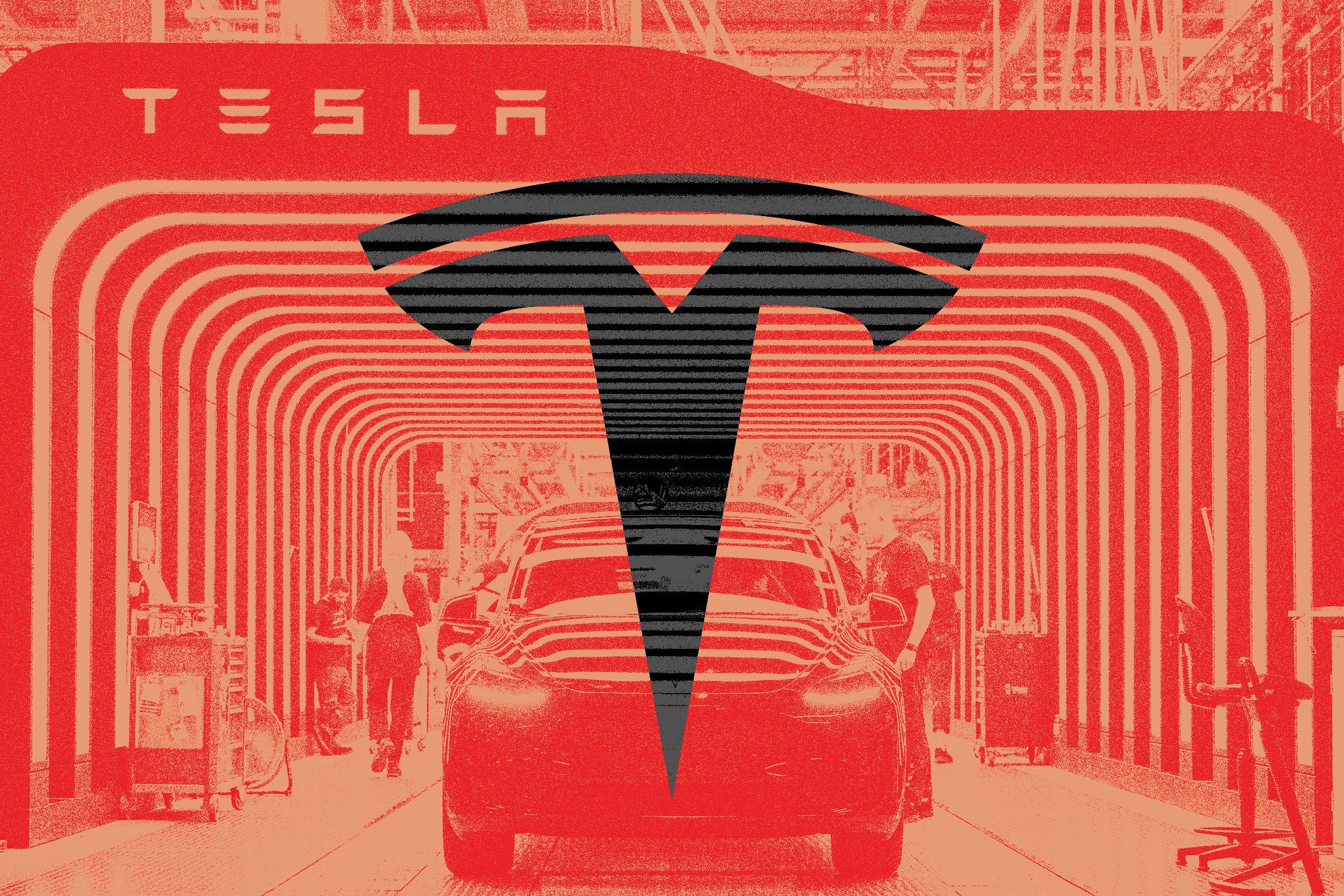China just made space history by deploying the first AI chatbot specifically designed for orbital missions. The China National Space Administration installed Wukong AI on its Tiangong space station in July, where it successfully assisted three taikonauts during a critical spacewalk—marking a new frontier in AI-powered space operations that could reshape how humans work in orbit.
China just quietly pulled ahead in the space AI race. While the world was focused on ChatGPT and Claude competing on Earth, Chinese engineers were busy installing something far more ambitious: the first conversational AI system designed specifically for orbital missions. Wukong AI went live on the Tiangong space station in mid-July and has already proven its worth during a high-stakes spacewalk that lasted six and a half hours. The breakthrough represents China's most aggressive push yet to integrate artificial intelligence into human spaceflight, potentially giving its taikonauts a decisive operational advantage over crews on the International Space Station. Named after the legendary Monkey King from Chinese mythology, Wukong AI embodies the cunning and adaptability its namesake represents—qualities that could prove invaluable 400 kilometers above Earth. The timing isn't coincidental. According to Xinhua, China's state news agency, engineers built Wukong from a domestic open-source AI model and trained it exclusively on aerospace flight data. The system went operational on July 15, supporting taikonauts as they installed space debris protection devices and conducted routine station inspections. What makes Wukong different from terrestrial AI assistants is its dual-brain architecture. The system splits cognitive load between a ground-based module that performs deep analysis and a space-based component that handles immediate crew needs. "This system can provide rapid and effective information support for complex operations and fault handling by crew members, improving work efficiency, in-orbit psychological support, and coordination between space and ground teams," Zou Pengfei from the taikonaut training center told Xinhua. The competitive implications are staggering. While the has AI systems like Astrobee robot and the European Space Agency's CIMON conversational assistant, neither provides the comprehensive mission support that Wukong offers. China essentially leapfrogged existing space AI by creating the first large language model optimized for orbital operations. The deployment signals China's broader space ambitions. Tiangong isn't just a research platform—it's the cornerstone of a 30-year strategy to establish China as the dominant space power. The station currently serves as a microgravity laboratory, but China plans to expand it into a logistics hub between Earth and the Moon. Having an AI that understands space navigation, emergency protocols, and mission coordination gives Chinese crews a significant operational edge. Industry analysts are taking notice. The successful integration of conversational AI into space operations could accelerate similar deployments by , , and other space agencies. But China's head start in space-specific AI training data means competitors will be playing catch-up. The choice of name reveals China's confidence. Sun Wukong, the mythical Monkey King from "Journey to the West," represents cunning, adaptability, and the relentless pursuit of knowledge—exactly the qualities needed for space exploration. By naming their space AI after this cultural icon, China signals that Wukong isn't just a tool—it's a symbol of technological sovereignty in the final frontier.
